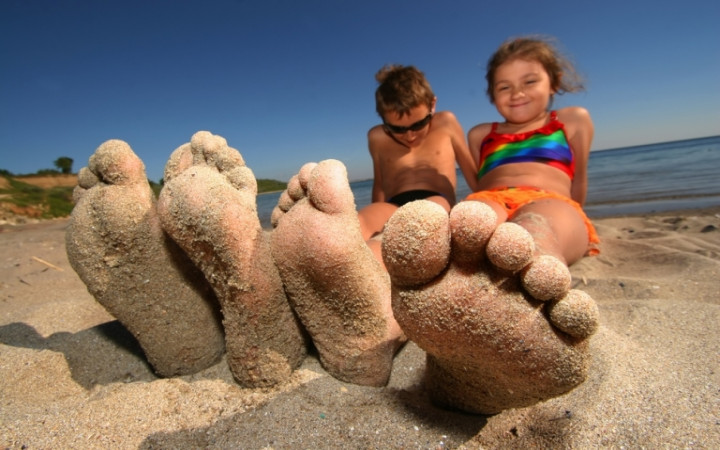Each grain of sand consists of a tiny piece of a mineral, rock, coral or shell. The forces of nature create sand through the erosion and weathering of rocks.
Over time, rivers chip small pieces off rocks. Freezing and thawing can also cause bits of rock to chip off. Beach sand can also be made up of small pieces of coral, bone and shell, which are broken up by predators, such as sharks and whales, and then battered by the sea.
The composition of sand varies from place to place depending on the sources and conditions of the local rocks. The most common sand consists of particles of quartz and feldspar. Quartz sands are colorless or slightly pink, while feldspar sand has a slightly pinkish or amber color to it.
Black sands, such as those found on some beaches in Hawaii, consist of particles of obsidian, which is a volcanic glass formed by cooled lava. Coral sands are white or gray in color, while sands made of crushed shell fragments are typically light brown.
Sand has many modern uses. Woodworkers use sandpaper to smooth rough surfaces on wood. Construction workers mix sand with cement and water to make concrete. Window manufacturers need a lot of quartz sand, which is the main ingredient in glass. In some communities, road workers spread sand on icy roads in the winter to give vehicles' tires more traction.
Sandy facts:
- Someone who collects sand is called an "arenophile."
- “Singing" sand produces a tone when walked on or blown around by the wind due to the friction caused between the grains of its unique crystalline structure.
- If you ever find yourself enjoying the beaches of Namibia in southern Africa, keep your eyes open. If you see something shiny, it could be a diamond!




